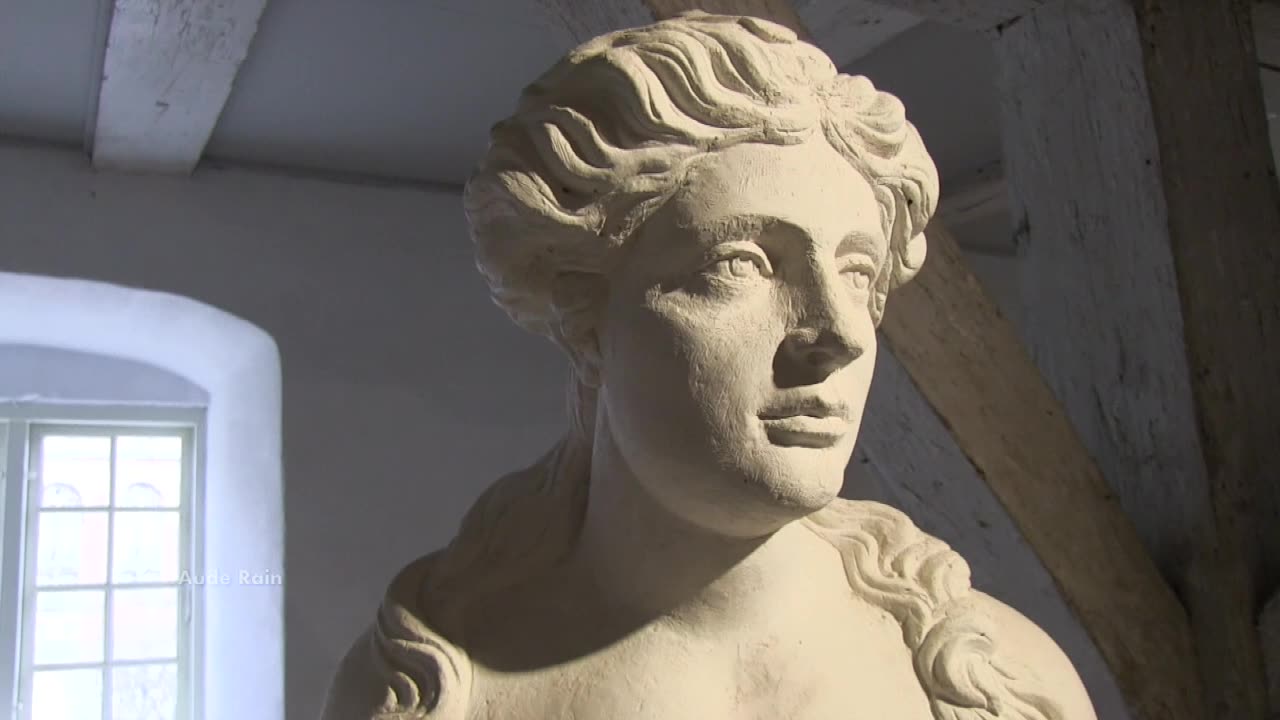Premium Only Content

The Lapidarium of Kings - Christian IV's Brewhouse and its collection
"Lapis is Latin for stone, so a ‘lapidarium’ is a collection of stones. Numerous Danish palaces have a lapidarium containing statues, stone fragments and plaster casts considered to be worthy of preservation. The Lapidarium of Kings covers an area of 4,000m2 in Christian IV’s Brewhouse, and contains around 300 sculptures and architectural fragments from Danish palaces, gardens and squares.
The Staging of Kings
With international inspiration, not least from France, the kings of Denmark have used statues to symbolise their power for centuries on the facades and in the gardens of their palaces, and in the towns and cities of Denmark, including imposing equestrian statues, beautiful goddesses and bombastic trophies. Royal palaces and castles like Rosenborg and Amalienborg in Copenhagen, and Fredensborg north of the city, were full of statues and other stone sculptures.
A Collection of Originals
After years exposed to the elements, many of the old statues have fallen into decay and been replaced, but now you can see the originals in a permanent exhibition in Christian IV’s atmospheric brewhouse. Among them, Scandinavia’s first equestrian statue from 1688, depicting Christian V in both its original dark lead form, as well as cast in radiant, white plaster of Paris. Frederik V, the king of statues, is also present on horseback in a plaster of Paris version of the French sculptor Saly’s equestrian statue from Amalienborg Palace Square – the most expensive statue in Danish history and ranked among the best in the world.
Christian IV’s brewhouse, the unique setting for The King’s Lapidarium, is one of Copenhagen’s oldest buildings, dating as far back as 1608. The huge brick building is in the historical Copenhagen area of Slotsholmen, with The Royal Library and Copenhagen Harbour as close neighbours. The building was originally constructed as part of Copenhagen’s military fortifications. The ground floor with its vaulted ceilings has hardly changed since the reign of Christian IV, and above it is an impressive roof construction, where the timber, beams and posts are fully visible.
It is in this unique, historical setting that an aesthetic experience awaits – an experience in which the rustic rooms and refined statues and sculptures form a stunning synthesis."
-
 49:56
49:56
GritsGG
13 hours agoCampaign End Game! Leveling & Progressing Into Level 2 Zone!
1.74K -
 8:18
8:18
The Pascal Show
11 hours agoWHOA! Trump ABSOLUTELY LOSES IT On A Reporter Asking About Epstein
1.37K4 -
 32:09
32:09
Comedy Dynamics
13 hours agoBest of Jesus Trejo: Stay at Home Son - Stand-Up Comedy
1.46K -
 55:43
55:43
TruthStream with Joe and Scott
1 day agoHoney and Lisa 11/17: How powerful we are, Trauma release, Becoming Sovereign (next healing event 11/20/25 @ noon eastern and 4pm eastern) #513
4.54K10 -
 LIVE
LIVE
Lofi Girl
3 years agolofi hip hop radio 📚 - beats to relax/study to
505 watching -
 1:00:27
1:00:27
Coin Stories with Natalie Brunell
1 day agoMike Alfred’s Full Investment Playbook: Inside Bitcoin, Miners & AI
36.3K2 -
 2:34:07
2:34:07
Badlands Media
14 hours agoDEFCON ZERQ Ep. 018: Global Smokescreens & the Deep State Energy War
215K70 -
 2:05:03
2:05:03
Inverted World Live
8 hours agoHouse Votes to Release Epstein Files w/ Emilie Hagen & Denise Bovee | Ep. 143
63.7K4 -
 3:02:27
3:02:27
TimcastIRL
8 hours agoEpstein Transparency PASSED UNANIMOUSLY, Trump To SIGN Release | Timcast IRL
256K129 -
 6:26:43
6:26:43
SpartakusLIVE
10 hours agoARC is SO ADDICTING - I just CAN'T stop || NEW SCHEDULE, NEED SLEEP
89K3